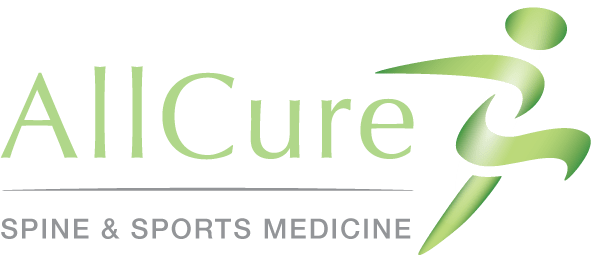How Physical Therapy Helps Spinal Stenosis with These Treatments
Spinal stenosis typically presents itself as pain in the neck or lower back caused by the narrowing of the openings of the vertebrae. More than 200,000 adults in the United States suffer from spinal stenosis, most commonly because of aging. However, it can also develop from excess scar tissue and bone spurs after an injury or spinal surgery. Many patients find pain-relief through spinal physical therapy treatments.
Spinal Stenosis Symptoms
The first step to diagnosing spinal stenosis is a symptom assessment. If you suffer from one or more of the below symptoms, visit a physician for an official diagnosis:
- Pain while standing or walking that gets better if you sit or squat
- Pain while leaning back that resolves if you lean forward
- Stiffness, limited mobility, or loss of range of motion in the lower back
- Pain, numbness, tingling, or weakness in your buttocks, thighs, and lower legs
Diagnosing Spinal Stenosis
If a physician diagnoses you with spinal stenosis, they will often recommend physical therapy. In some extreme cases, an immediate laminectomy (spinal surgery) is necessary. However, the results of a Harvard study suggest that people with spinal stenosis should first try a “well-designed physical therapy program.”
To determine which treatment will be most effective for you, a physical therapist will assess your spine mobility (how it bends and twists in different directions), the strength of your core, back, and hip muscles, your balance and posture, and your gait pattern (how you walk). They should also take an x-ray of your lower back to measure how narrow the openings of your lumbar vertebrae have become. After weeks of physical therapy sessions, another x-ray should be taken to show the improvement in your lumbar vertebrae.
Treating Spinal Stenosis
A physical therapy treatment plan will target the specific symptoms you face because of spinal stenosis. For example, various exercises can help with improving range of motion, reducing tightness, pain, and stiffness, relieving nerve compression, strengthening muscles, and correcting posture. Here’s what a typical session would include:
Part 1: Stretching
- Lower back muscles: Relieves tightness and pain while improving mobility and range of motion
- Hip muscles: Improves mobility within the pelvis, which helps increase mobility in the spine
Part 2: Strengthening Exercises
- Glutes, quads, hamstrings: Restores overall balance and weakness to help support the lumbar spine
- Abdominal core muscles: Stabilizes and protects the lumbar spine by activating and strengthening key abdominal core muscles
Part 3: Manual Therapy
- Deep-tissue massage: Relieves tension and tightness within the ligaments, tendons, and muscles of the neck or back
- Hot and cold compresses: Promotes blood flow to reduce inflammation and pain within the lumbar spine
- TENS unit: Provides chronic pain relief through electrical nerve simulation within the neck or back
Where to Find Spinal Stenosis Treatment
If you suffer from spinal stenosis in New Jersey, come to AllCure. We offer every new patient a free x-ray and diagnostic assessment with no obligation to commit to sessions. One of our licensed physical therapists will then discuss a treatment plan to help relieve your symptoms. Contact our practice today to get started!
